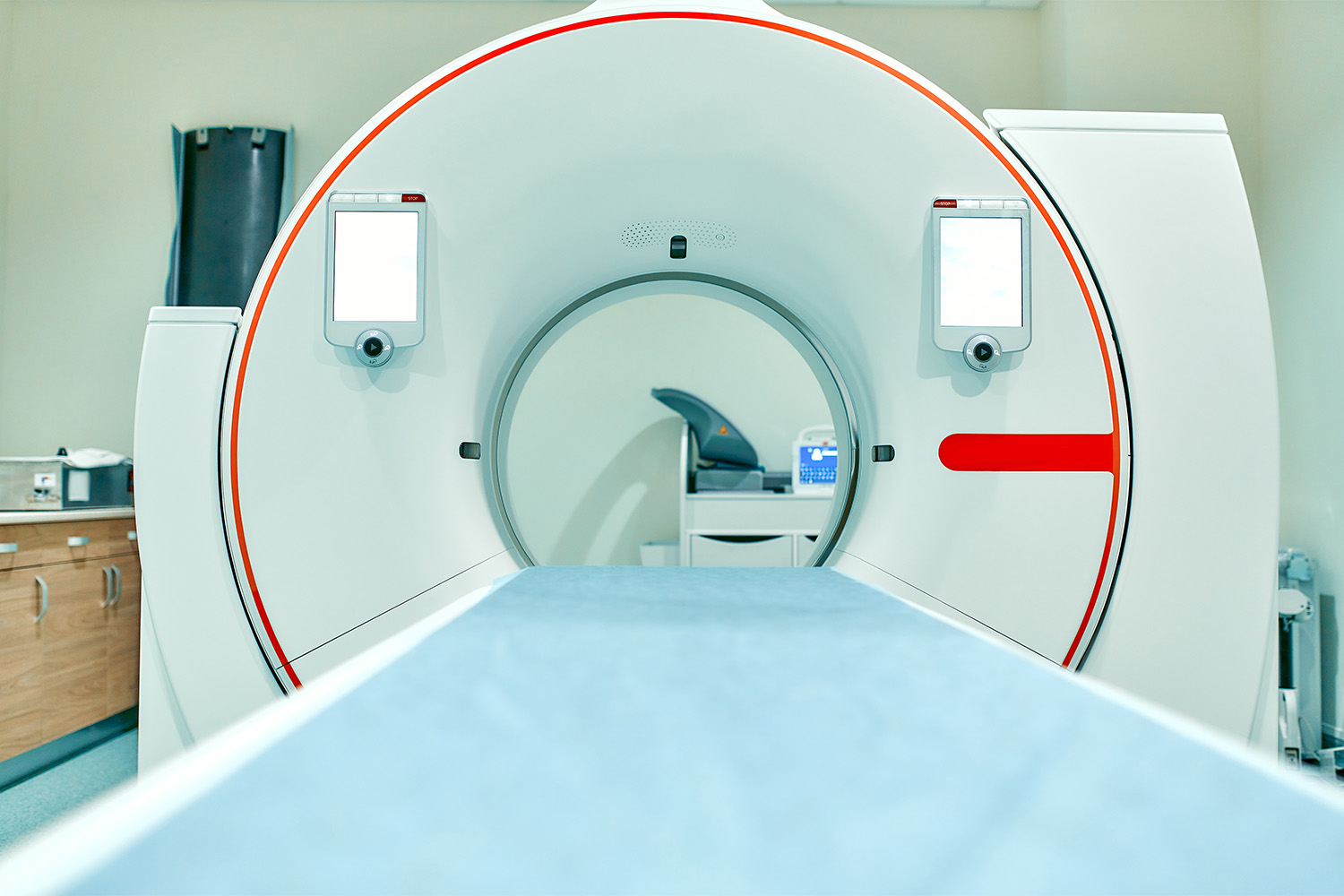
Wholesale monitoring is often associated with traditional sectors such as fire and burglary. But in an interconnected world, wholesale monitoring has found new paths for growth and opportunities to enhance individuals' safety and health. In this article, we’ll explore two of the most recent examples of IoT monitoring that reach beyond traditional fire and burglary: healthcare and manufacturing.
Treating people to continue a sustained healthy life is the goal of the healthcare industry. But healthcare is often reactionary, much like traditional fire and burglary. With remote patient monitoring (RPM) in combination with connected wellness technologies, and central station monitoring, there’s great potential for preventing major medical events with preemptive care. Let's take a look at some studies conducted during the COVID-19 pandemic and how patients responded to RPM.
A Mayo Clinic study analyzed data from its RPM program that included more than 7,000 patients across 41 states during the COVID-19 pandemic to see if the program reduced hospitalizations and improved patient care. The data concluded:
A similar Kaiser Permanente study found that an RPM program effectively prevented readmissions and improved the recovery process for the virus. The study included 13,055 patients. Among them:
Trina Jellison, Group Vice President of Women’s and Children’s Institute at Providence St. Joseph Health, expressed the successes she’s seen with remote patient monitoring on the Advancing Health Seven in Seven Podcast. Jellison said had seen improved patient engagement, including a decrease in missed appointments and more questions being asked by patients during appointments, and an increase in healthy patient activities. She reported an increase in breast feeding habits among mothers, as well as an increase in physical exercise levels among all patients. She also mentions anecdotally that patients are looking to providers more, and Google less, for medical advice.
The main occurrence in the three studies mentioned above: improved patient interaction. Through IoT technology, patients can take their health into their own hands and provide medical professionals with more useful insight and a more complete picture of the patient’s health. This keeps patients that don’t need a visit with their doctor out of the hospital, saving both the patient and the medical professional time and money.
AvantGuard Monitoring Centers, powered by Becklar connected safety solutions, can serve as a safety net for patients in the medical IoT space. When a patient isn’t feeling well, vital reports come back irregular or non-responsive to wellness checks. An AG monitoring specialist can then immediately send EMS to the patient and get them to the hospital with the medical attention they need.
From preventative care, wellness checks, to monitoring professionals sending help when necessary, IoT technology paired with professional monitoring services is a complete package for the healthcare industry to protect and enhance the safety of patients.
AI-powered solutions in manufacturing, specifically in sectors like energy, chemicals, heavy machinery and large assembly lines, are used to help detect or predict possible faults in equipment that may result in potential safety hazards. Cameras on factory floors are used, in conjunction with machine learning, to recognize potential hazards and make safety managers aware to act and eliminate risks.
Camera AI detects workers that are working with heavy machinery to wear the proper safety equipment before they begin or continue work. Machine learning and AI also generate heat maps of a facility where the highest risk or most risk intensive work takes place. Camera AI and machine learning working together provide management with a collective perspective on worker behaviors, high risk areas, and how they can improve safety in these environments for their workers.
Proactive safety measures keep employees safer by encouraging them to be more engaged and focused while on the manufacturing floor. By receiving reminders and prompts about safety equipment or risky behaviors around heavy machinery, it can prevent a major incident from occurring without any invasive procedures or additional processes.
In the event that a workplace incident does occur, IoT monitoring provided by AvantGuard Monitoring Centers and Becklar connected safety solutions ensures that help is sent to the correct location in a critically timely manner. Both proactive and reactive safety measures create a safer environment for employees while reducing costs for employers by minimizing workplace incidents.
AvantGuard is the premier monitoring provider for Becklar, providing a compressive suite of safety solutions for enterprise customers. Learn more about how our technology and services can deliver better patient outcomes and safety services for your customers.
Take advantage of our robust library of industry and AG related news, articles, webinars and other resources available through our resource center to enhance your success. You will also discover valuable insights and content you can share with your subscribers through your website, newsletters, and emails.
Receive more useful content like this by signing up for our weekly AG Newsletter below:
AvantGuard Monitoring Centers, LLC. | P.O. Box 15022 | Ogden, UT 84415 | Office: (877) 206-9141 | Fax: (801) 781-6133